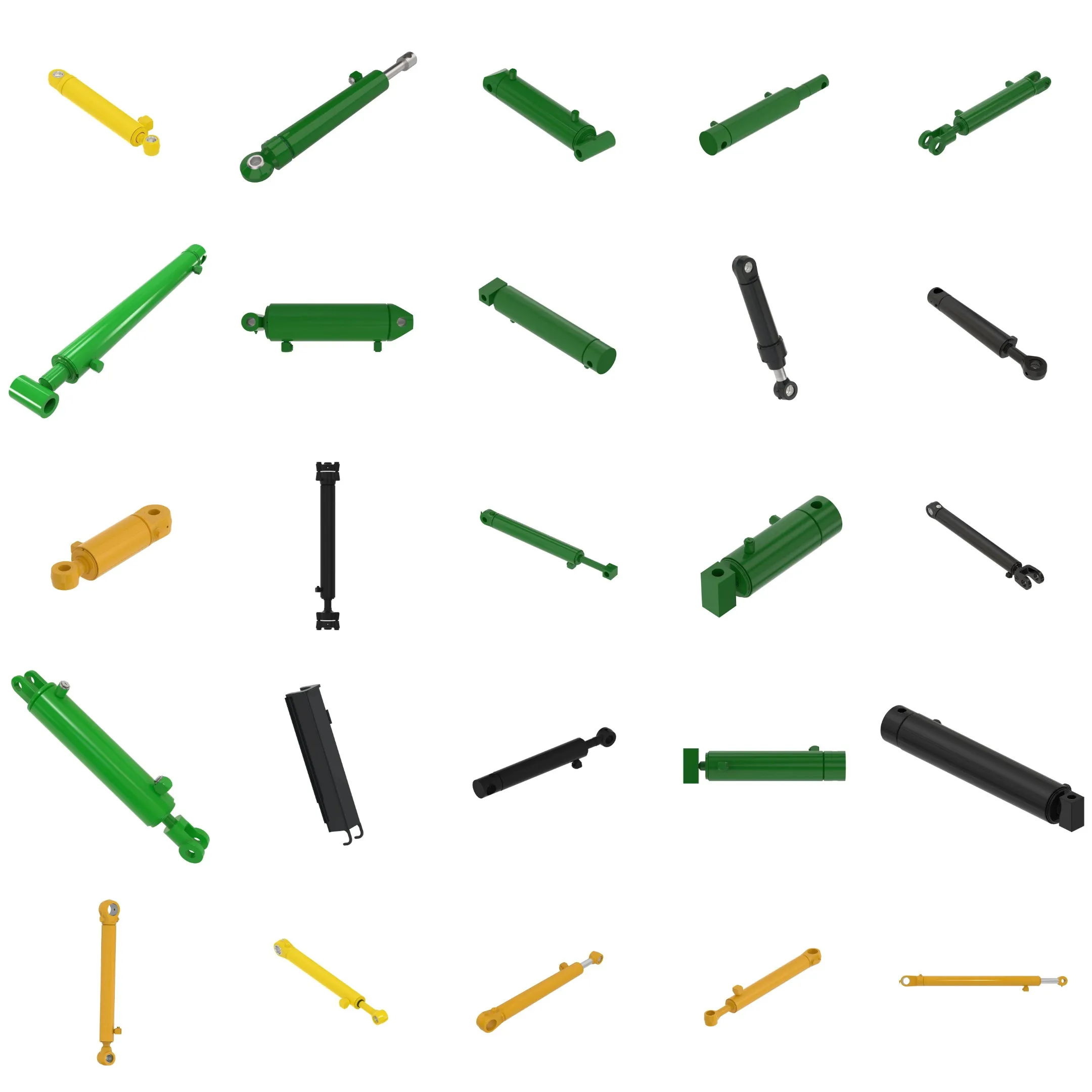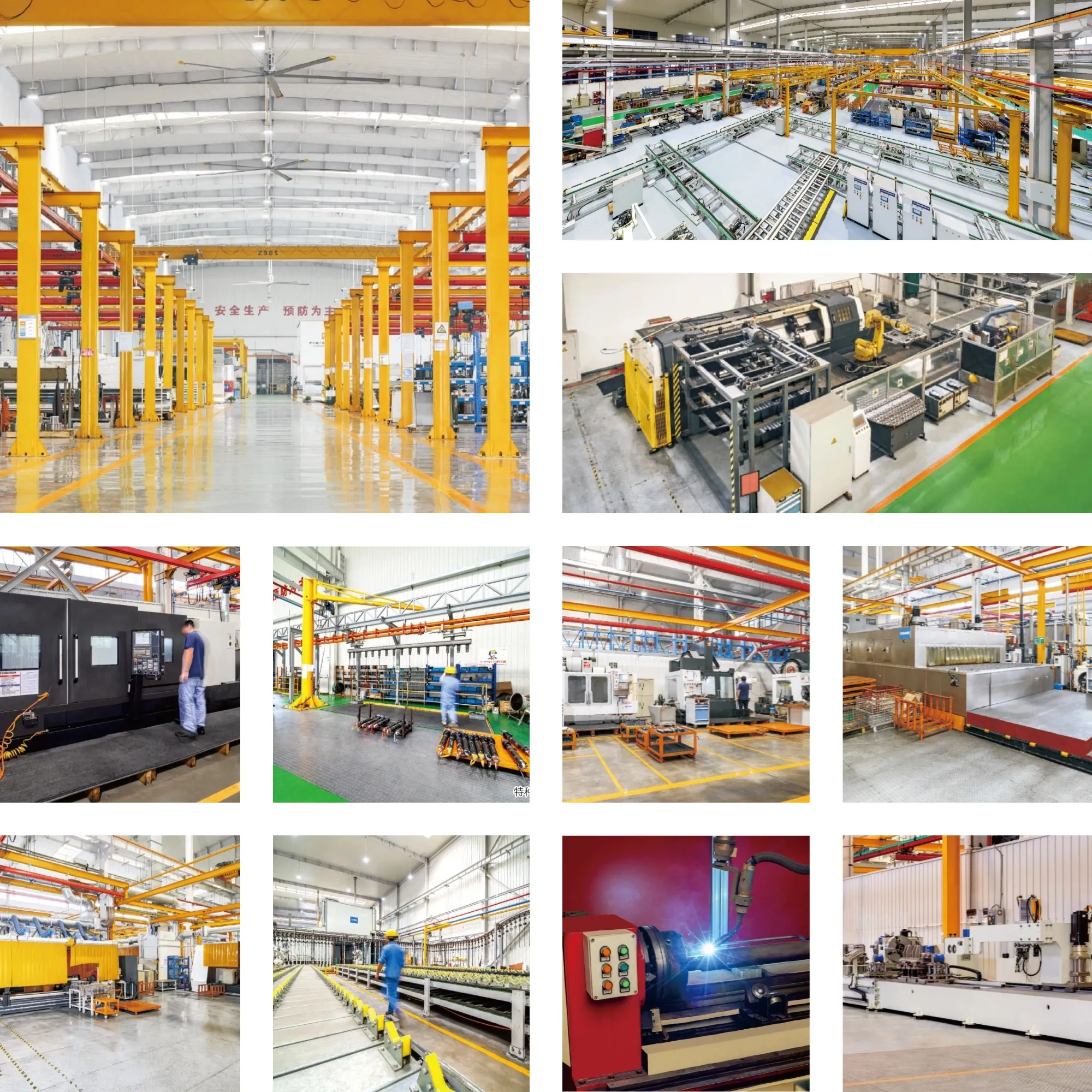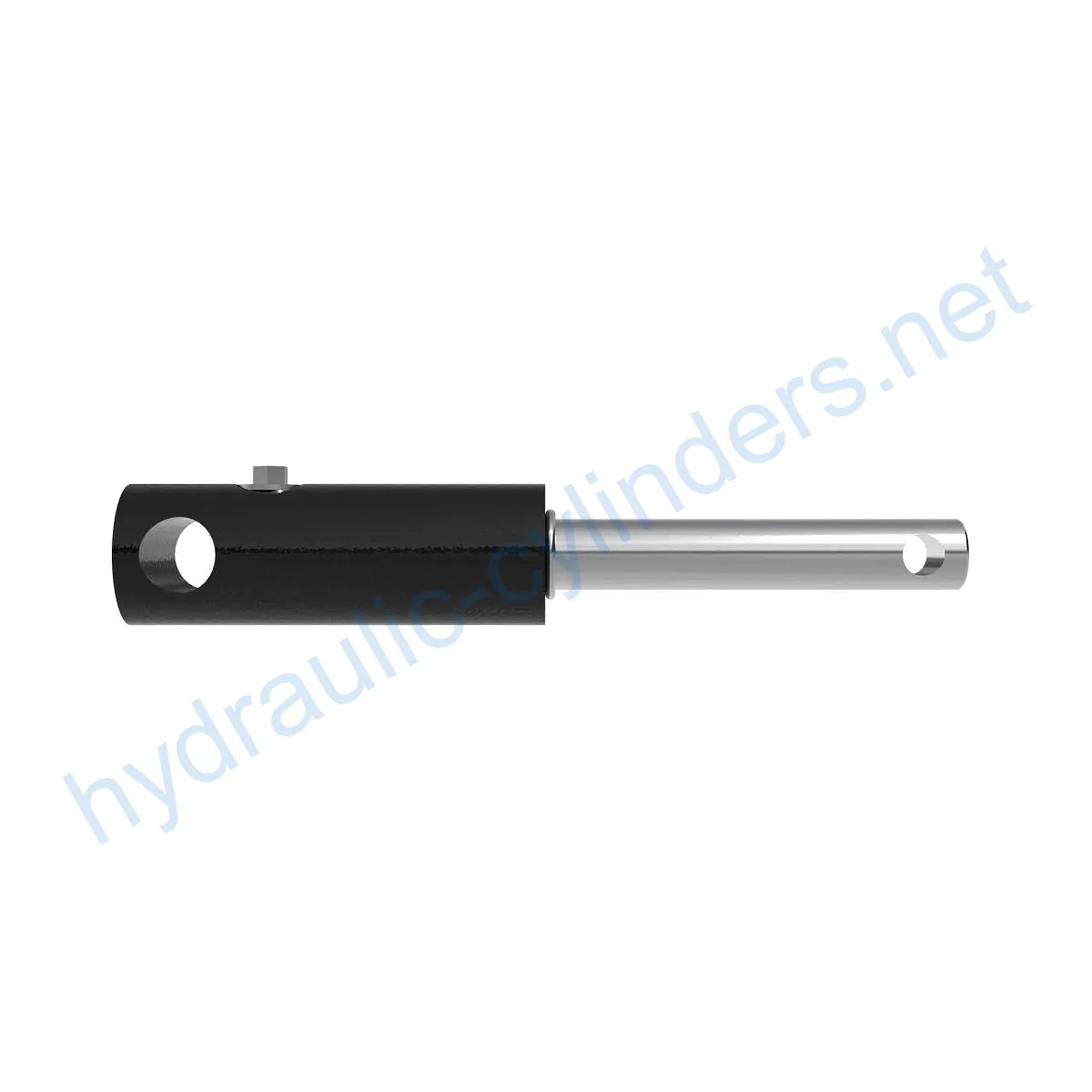Replacement Of AHC12605 Hydraulic Cylinder
Mint a hidraulikus hengerek egyik gyártója, szállítója és exportőre a mechanikai termékek, kínálunk hidraulikus hengerek és sok más termék.
Kérjük, lépjen kapcsolatba velünk a részletekért.
Posta:sales@hydraulic-cylinders.net
Hidraulikus hengerek gyártója, szállítója és exportőre.
Replacement Of AHC12605 Hydraulic Cylinder
Definition: The hydraulic cylinder is a mechanical actuator used to provide unidirectional force through a unidirectional stroke. It is commonly used in various types of machinery to transfer power and motion.
Specifications and Models
The Replacement Of AHC12605 Hydraulic Cylinder has a weight of 5.45 lb, a height of 2.4 in, and a length of 11.6 in. It is compatible with machine models 1870 P540 P556 P576.
Features
- Improved equipment performance: Replacing damaged or worn hydraulic cylinders can restore the normal operation of the equipment and ensure its performance in various applications.
- Enhanced safety: Regularly replacing hydraulic cylinders can reduce safety hazards caused by cylinder failure and ensure the safety of operators and equipment.
- Overload protection: New cylinder designs generally consider better overload protection mechanisms, which improve safety.
- Quick installation: Modern hydraulic cylinders are designed to be easy to install and replace, reducing downtime.
- Standardized components: Many hydraulic cylinders are standardized products, making it easy to obtain replacement parts in the market.
Our product can perfectly replace these hydraulic cylinders, providing optimal performance and durability.
Applications
Here are some examples of machines that use hydraulic cylinders:
- Excavator: The hydraulic cylinder in the excavator’s arm or bucket may be damaged due to long-term use or overload, and needs to be replaced to restore normal operation.
- Crane: The hydraulic cylinder in the crane’s lifting arm is prone to wear and tear during frequent lifting and lowering, and needs to be replaced regularly to ensure safety.
- Tractor: The hydraulic cylinder in the front loader of the tractor may leak or experience performance degradation during continuous lifting and tilting operations, and needs to be replaced.
- Harvester: The hydraulic system of the harvester is subjected to high pressure during harvesting, and the cylinder may be damaged due to fatigue, which needs to be replaced in time to maintain work efficiency.
- Automated production line: Hydraulic cylinders are used to control robotic arms and other automated equipment. If the cylinder fails, it will affect production efficiency and needs to be replaced immediately.
- Die-casting machine: Under high-pressure and high-temperature environments, hydraulic cylinders may experience performance degradation, and regular replacement can ensure product quality.
- Mining equipment: Hydraulic cylinders are used in mining equipment to lift and move heavy objects. Due to the harsh working environment, regular inspection and replacement are necessary to avoid equipment failure.
- Bulldozer: The wear of the hydraulic cylinder on the bulldozer’s push arm can lead to a decrease in pushing capacity and needs to be replaced in a timely manner to maintain work efficiency.
Karbantartás
Regular maintenance is essential to extend the life of the hydraulic cylinder. Here are three common maintenance tasks:
- Regular inspection: Check the cylinder for leaks, cracks, and other damage, and replace any damaged parts in a timely manner.
- Proper lubrication: Use the appropriate amount of hydraulic oil to lubricate the cylinder to reduce friction and wear.
- Seal replacement and calibration check: Regularly replace seals to ensure proper sealing and calibration check to maintain accurate performance.
It is important to provide correct guidance during installation, including alignment and the use of appropriate installation supports to secure the cylinder. We recommend a regular inspection, repair, and replacement program, as well as offering replacement parts and rebuilding services to extend the life of the hydraulic cylinder.
Safety Considerations and Environmental Factors
Safety measures are important when dealing with hydraulic cylinders. The high pressure and force involved can cause serious injury or damage if not handled correctly. Proper training and safety equipment are necessary to prevent accidents. It is also important to consider the environmental impact of hydraulic cylinders and take measures to reduce waste and pollution.
Troubleshooting and Common Problems
Here are some common problems and their solutions:
- Leakage: Check the seals and replace any damaged parts. Tighten any loose connections.
- Inconsistent performance: Check for air in the hydraulic system, and bleed as necessary. Check for damaged parts and replace as necessary.
- Noise: Check for loose connections or damaged parts, and tighten or replace as necessary.
Regular maintenance and inspection can help prevent most problems from occurring. If problems do occur, it is important to diagnose and resolve them quickly to minimize downtime and prevent further damage.

Design Considerations and Selection Criteria
When designing hydraulic cylinders, several factors must be considered, including load-bearing capacity, sealing performance, durability, safety, and maintainability. Here are some points to consider:
- Load-bearing capacity: The cylinder must be designed to withstand the expected load and pressure without failure.
- Sealing performance: The proper selection of seals and materials is critical to maintaining proper sealing performance and preventing leakage.
- Durability: The cylinder must be designed to withstand wear and tear, as well as harsh environments.
- Safety: Consider safety features such as overload protection and safety valves to prevent accidents.
- Maintainability: The cylinder should be designed to be easily disassembled and reassembled for maintenance and repair.
Proper sealing and lubrication are critical to the performance and life of the hydraulic cylinder. The use of high-quality seals and wear-resistant materials, as well as the regular addition of hydraulic oil, can help prolong the life of the cylinder. Regular inspection and preventive maintenance can also help prevent problems and extend the life of the cylinder.
Installation Guide
Proper installation is essential for the safe and efficient operation of the hydraulic cylinder. Here are some guidelines to follow:
- Align the cylinder correctly with the machine, and use appropriate installation supports to secure it in place.
- Ensure that all connections are tightened correctly and that there are no leaks.
- Use the appropriate hydraulic oil and lubrication, and follow the manufacturer’s instructions.
- Perform a calibration check to ensure that the cylinder is operating correctly.

Company Introduction
We are a leading manufacturer and wholesaler of hydraulic cylinders, offering a wide variety of products for both domestic and international markets. Our company is characterized by our professionalism, international certifications, customized services, production equipment, and after-sales service.
Our products are designed and manufactured according to the highest quality standards, and we are committed to providing our customers with the best products and services possible. We offer a range of customization options to meet the specific needs of our clients, and our team of experts is always available to provide technical support and advice.
We have a state-of-the-art production facility that utilizes the latest technology to ensure the highest quality products. Our after-sales service team is always available to provide support and assistance, and we are dedicated to ensuring that our customers are completely satisfied with their purchases.

Author: lyl.
Take a Tour of Our VR Factory:
Take a tour of our VR factory with the following
How Does Forklift Hydraulic Cylinder Work?
Hydraulic Cylinder Application:


